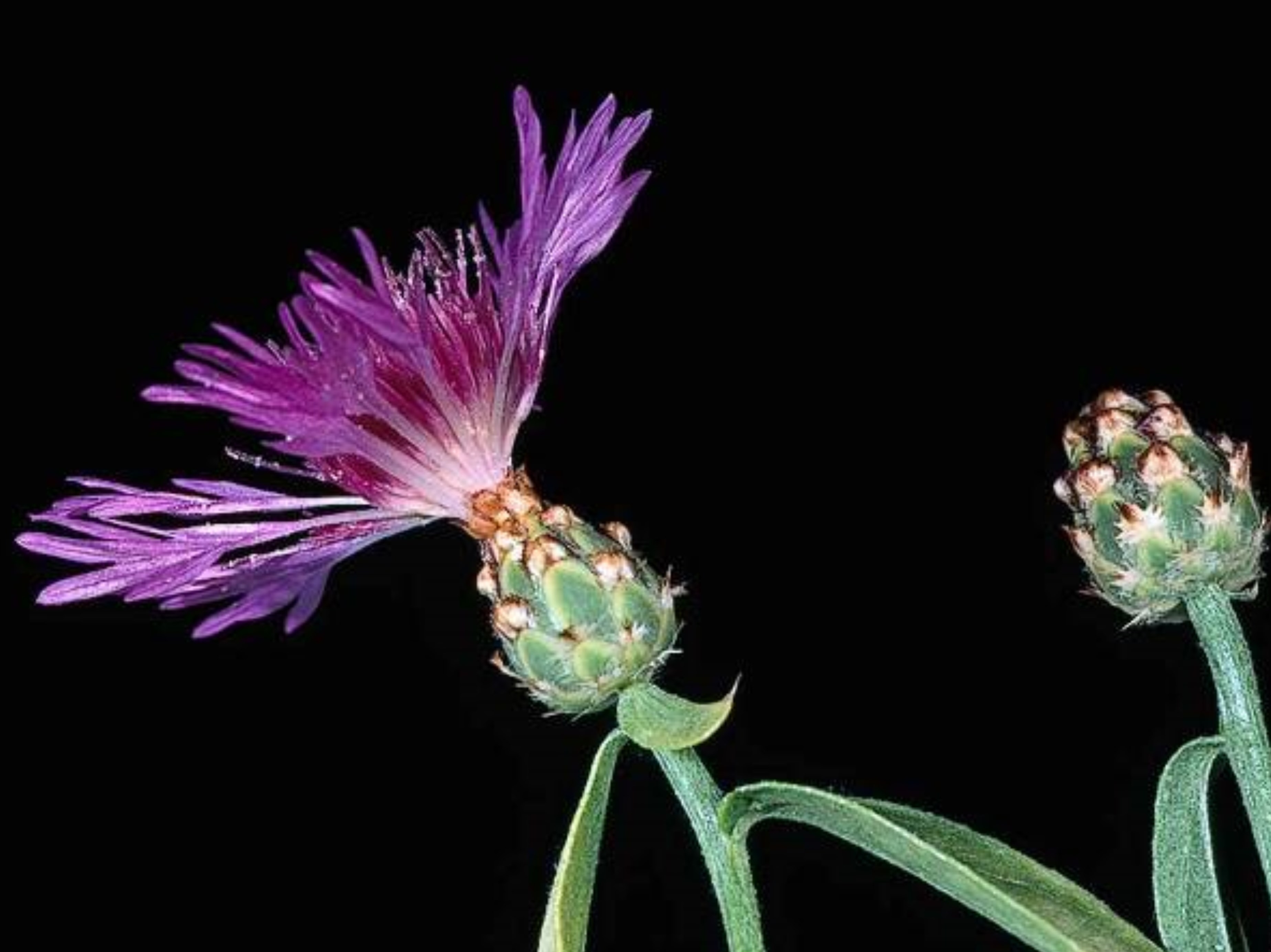Created on: Monday, Apr 11th, 2016
Reviewed by Lynn Sweet (UC Riverside). Changed Q2 to a "yes" based on her comments, but did not change Q4 (it remains a Yes). Reviewer suggested a change to Q17 but this was not made based on lack of evidence to change it.
Websites consulted for this screen included:
CABI: http://www.cabi.org/isc/abstract/19922318884;
Tropicos: http://www.tropicos.org/Name/2702146;
HEAR: http://www.hear.org/gcw/species/centaurea_diluta/;
GBIF: http://www.gbif.org/species/3129010;
Calflora: http://www.calflora.org/cgi-bin/species_query.cgi?where-taxon=Centaurea+diluta;
Jepson: http://herbaria4.herb.berkeley.edu/eflora_display.php?tid=1929;
eFloras: http://www.efloras.org/florataxon.aspx?flora_id=1&taxon_id=242416252;
Wikipedia: https://en.wikipedia.org/wiki/Centaurea_diluta;
iNaturalist: https://www.inaturalist.org/taxa/76211-Centaurea-diluta;
CABI: http://www.cabi.org/isc/datasheet/113059;
Introduced Species to the Maltese Islands: https://www.um.edu.mt/__data/assets/pdf_file/0004/43843/7..Introduced_species_in_the_Maltese_Islands_1996.pdf
- < 13 : accept (low risk of invasiveness)
- 13 - 15 : evaluate further
- > 15 : reject (high risk of invasiveness)

